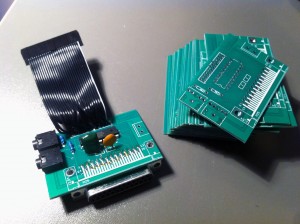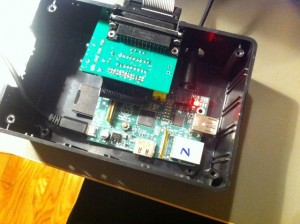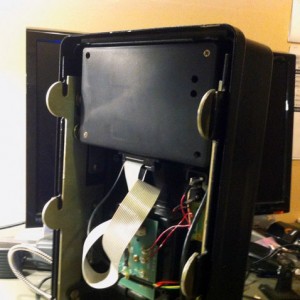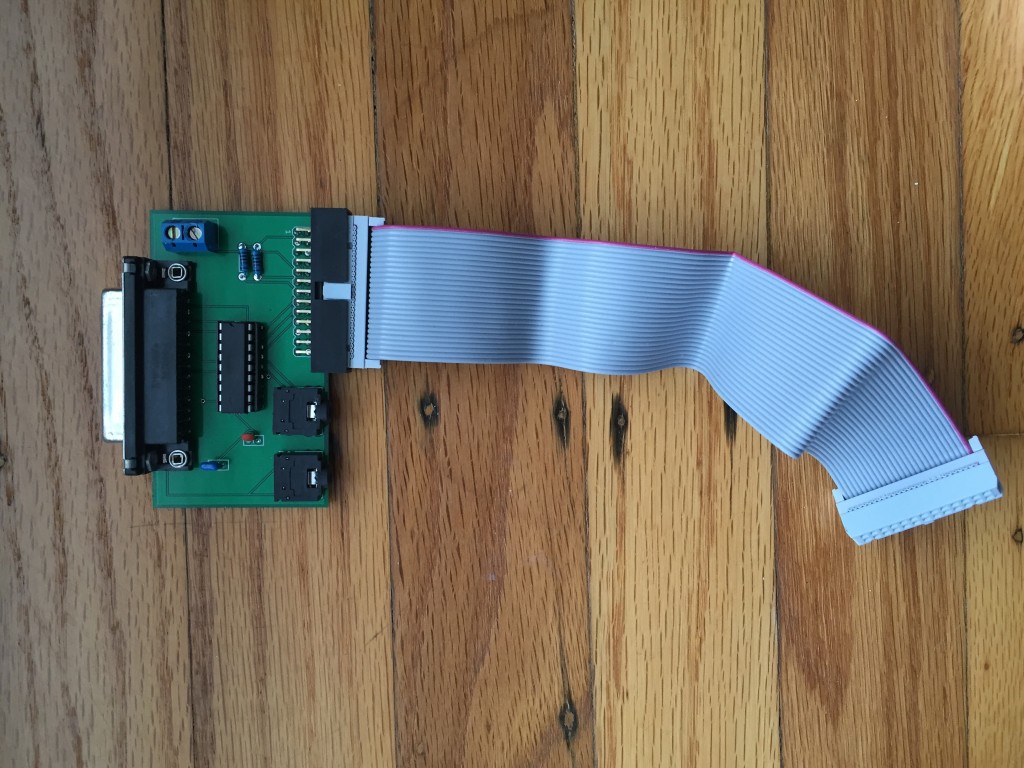PiPhone
This is our project page for the PiPhone Project. For the latest instructions, see our PiPhone setup wiki page.
We call a payphone with a Raspberry Pi in it a “PiPhone.” It looks the same from the outside, but a PiPhone can do anything that a small internet server can, such as hosting web pages, taking pictures of visitors, and even delivering digital music locally as the community envisioned.
The kit helps answer questions such as: how can we use the knowledge we’ve obtained to make it easier to do this type of community design in the future? How might a kit ease the route from prototyping to broader implementation? One of the interesting outcomes of the last year is a small PC board kit that costs $10, an early version of which is shown below.
We used a Raspberry Pi computer because it was low-cost ($25-35) and had the full features of a Linux server. This presented a challenge because these devices don’t naturally talk with one another. One is old and has an analog 25-pin plug that looks like an old printer cable, the other a new devices with a set of digital inputs and outputs that connects through a 26-pin ribbon cable. Figuring out how to connect these very different devices took some teamwork.
Our history
- To start with, we downloaded a lot of old documents, and did a hackathon to tinker with the insides and reverse engineer the hardware. For a little over $100 we had 22 PC boards made up from the same circuit. While we are still working out the kinks in the design, these were even better because anybody who knew how to solder could assemble and test them in around 15 minutes. The days of flying wires flexing and breaking were over!
- For more, see our first history of the PiPhone Part I
The PC board versions can be easily installed in a plastic project box with a Raspberry Pi then installed in a payphone. Now making prototypes a reality involves writing a few lines of software. The kit solves serious problems for scaling up, and lets us do community-centered design events involving payphones in a more widespread way.
Current version (2015):
How would you use a PiPhone? Do you have a particular payphone you want to convert? Let us know by tweeting at us on Twitter!
Ready to build yours? Consult our PiPhone setup page on the wiki.





